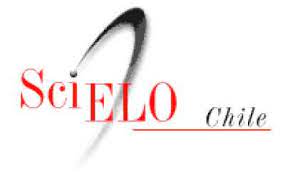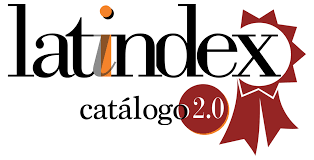Environmental flow determination for the River Ñuble considering leisure activities and fish habitat requirements
DOI:
https://doi.org/10.4067/s0718-28132018000200071%20Keywords:
hydrobiological modelling, ecologic characterisation, environmental flowAbstract
Hydropower development causes modifications in hydrological patterns in rivers, altering aquatic
ecosystems and the activities that are typically carried out there. To avoid direct alterations to rivers, it is
necessary to maintain a minimum flow (ecological flow); however, it is also necessary to minimize effects
on the natural functioning of the river, its ecosystem services and the activities that are engaged in there. The environmental flow, which incorporates morphological and human-use aspects, is defined based on this
foundation. In this study, the environmental flow for a section of the Ñuble River is analysed and calculated,
not only considering aspects such as hydrology and biota, but also including human activities that have
traditionally taken place there (rafting and kayaking).
SEA (2016) was used to calculate the environmental flow regime. Ecological and human components were
analysed with CASIMIR software using information published in the SEA and obtained through interviews
with river users. As a result, it was found that by following only the recommendations of SEA (2016),
activities traditionally carried out in the river (tourism) will be altered. In addition, if the need for flows for
tourism is included and quantified, the environmental flow should be greater than the flow estimated
considering only regulations regarding hydrology and the functioning of the ichthyofauna present in the river.
Downloads
Published
How to Cite
Issue
Section
License

This work is licensed under a Creative Commons Attribution-NonCommercial 4.0 International License.








